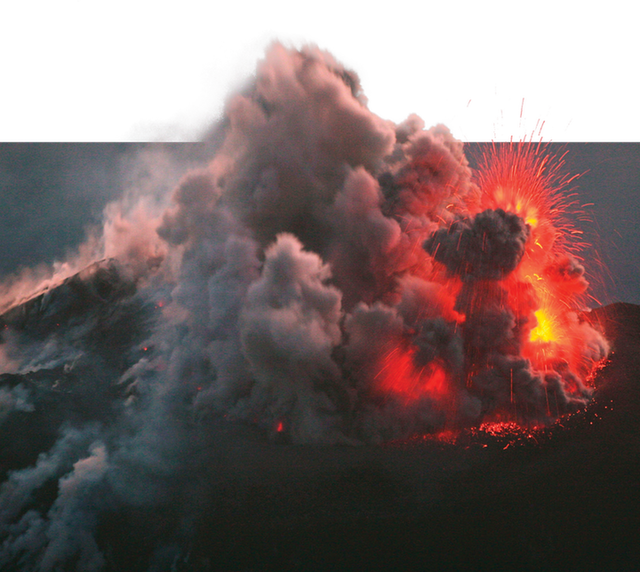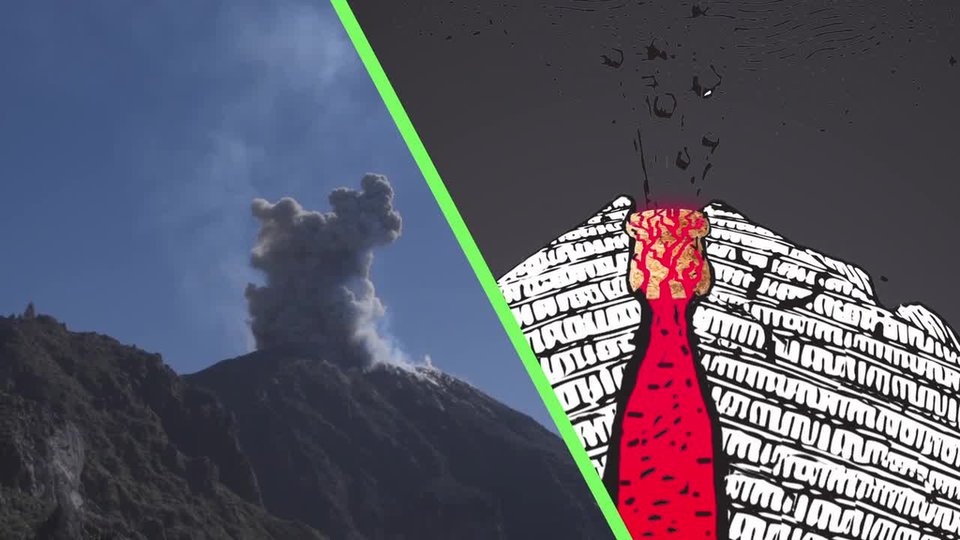LookingattheDangers
Understandingthesciencewasonlypartoftheteam’smission.Theyalsowantedtosharetheirdata—notjustwiththescientificcommunity—butwiththepeoplewholivedintheshadowofSanta María.
Morethan1.9 millionpeoplelivewithin10 kilometers(6.2 miles)oftheactivelavadomes.Ifthereisamassiveeruption,that’salotofpeoplelivinginharm’s way.
Whilemostoftheeruptionsaresmall,twodangersoccurwithsomefrequency:laharsandpyroclastic flows.
Thelavadomesproducealargevolumeofashandvolcanicrock.Whenwateroricemixeswiththese,itformsamuddyliquidthatflowsdownthevolcano.Ittypicallyfollowsrivervalleys.Therearethreetypes.“Dirtywater”happenswhenriverlevelsdon’trise,butwaterisdiscoloredbyash.“Currents”arepulsesofash‑richwaterthatflowalongtherivers.“Lahars”arecurrentsofasoupy,ash‑richmixtureflowingdownriver valleys.
Laharsareamajorhazardasthisregiongetsalotofrain.Themixtureofwater,ash,andvolcanicmattercanrushdownrivervalleysanddestroywhole towns.
Anotherdangerispyroclasticflows.Theyarescorchingcloudsofgas,ash,androck.Theyflowlikeliquiddownthevolcano.Theymoveoverthegroundwithsuchspeedyoucan’toutrun them.
SpreadingtheWord
Manylocalpeoplehavegrownupwithmythsaboutthevolcanicsystem.Theteamcreatedamuseumexhibitandheldtalkstodeliverscientificinformationandcorrect misconceptions.
Peoplebegantoseewheresomeoftheirmythscamefromastheylearnedthesciencebehindtheirunrulyneighbor.Tothem,thelavadomesarefullofculturalsignificance.Armedwithnewknowledge,thepeoplecanworktowarddevelopingwarningsystemsandothersafety measures.
Theteamstillhasalotofworktodo.Analyzingalloftheirdatamaytakealongtime.Alreadytheteamcan“see”activitythattheyweren’tabletocatchjustbylooking.Itistheirhopetodiscoverpatternsthatrevealhowthevolcanoanditslavadomesactandwhatchangesmaycomeinthe future.
El Caliente
Santa María
Thisbridgeisusedbylocalpeoplewhocrossitdaily.Butitisalsooneofthebridgesthatisfrequentlydestroyedby eruptions.

